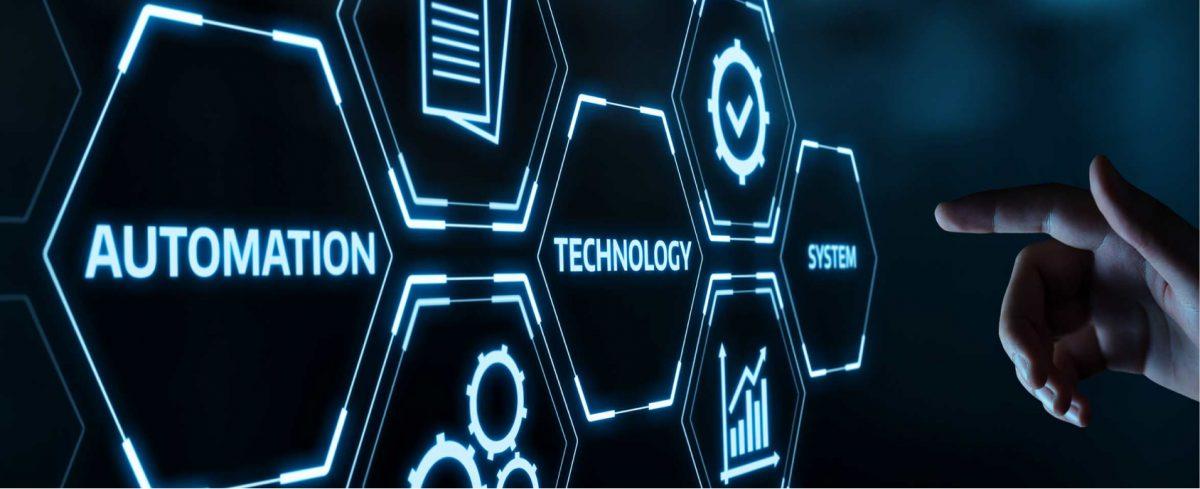The commercial real estate sector presents a dismal image when it comes to energy consumption. Statistics show that buildings consume almost 30% of all energy used globally. However, the energy wasted due to multiple reasons is also very high. Subsequently, the adverse impact on stakeholders becomes enormous.
The energy wasted leads to higher operational costs. Further, energy conservation is now a compliance issue due to stricter government regulations. Since commercial properties utilize power for maintaining functional requirements, cutting down the facilities is not an option. However, monitoring the energy consumption trends of the property can help identify the sources of wastage and plug them.
How to monitor energy consumption?
Taking the usual traditional and manual approach could pose a few hindrances and slow down the possibilities of generating maximum impact. Moreover, it covers only the minimal limits of consumption, and makes the process tedious. The methods are slower and prone to human errors. Further, the flow of communication is often unorganized, leading to maintenance delays. In addition to the human factor, there is a knowledge gap too. The electricity bill generated has no segmentation according to the usage of individual equipment. Therefore, tracking the actual leak becomes tough.
These issues can be bypassed using an analytics-based approach. An automated business insight dashboard provides a detailed observation of energy consumption patterns and helps detect any deviation more efficiently. Let’s find out what more it can do.
Automated Business Insights to the rescue
The majority of energy consumed by a commercial building goes towards heating and cooling. Though power is also used for other purposes, the contribution towards the overall energy requirements is significantly lower. Tracking the consumption patterns regularly provides an opportunity to identify energy loss, resulting in considerable savings.
Know Your Building™ platform provides an automatic business analytics dashboard that maps energy consumption by installing wireless detectors and controllers within the building’s HVAC control unit. It includes the lighting systems, appliances, elevators, chiller Plant, Heating Units, AHUs, ductables, VRV, and VRF applications. The consumption and utilization details can be displayed via a dashboard, accessible to stakeholders.
These dashboards include the processes according to short and long-term requirements and budget, providing flexibility. Automating the data collection on a centralized dashboard enables better control over your energy needs and utilization and eventually helps in improving the management and maintenance of the malfunctioning units.
The automated dashboard also improves management and control of the installed equipment and facilities. The decision-making process becomes more convenient since the operating system leverages machine learning algorithms to automate the tasks. The maintenance schedules and energy consumption patterns can be monitored based on the occupancy rate, and the controller can automatically make smart decisions to reduce wastage.
An automated insight can be beneficial in getting a deeper understanding of energy usage. The wireless deep-tech solution integrates any HVAC equipment seamlessly and brings it online for secure remote monitoring and management from Know Your Building™. Some benefits of insight dashboards are:
Energy-efficient: Having real-time data and insight helps manage the use of electrical systems, including HVAC, efficiently. The indoor climate can be controlled automatically based on occupancy, weather conditions, and other factors. This reduces energy wastage by eliminating loss of utilization at unnecessary locations.
Improve trust and transparency: The energy utilization cost is usually shared between the tenants and the operator based on the actual usage. However, the unavailability of accurate usage data can often cause a lack of transparency while calculating the charges to be paid by each party. Automated business insight collects and shares data on a real-time basis, specifying the exact amount of energy each tenant uses. Therefore, it provides better transparency among the stakeholders since they realize that the charges are based on actual usage.
Faster response time: Automated systems are usually equipped with alerting and notification features, which signals when an anomaly with the building’s systems is detected. Consequently, it helps the facility managers and maintenance crew to identify the maintenance issues or failures on a real-time basis and respond quickly. It saves time streamlining maintenance work and attending emergencies. Early detection also keeps the occupants aware of the problems and reduces the number of complaints.














